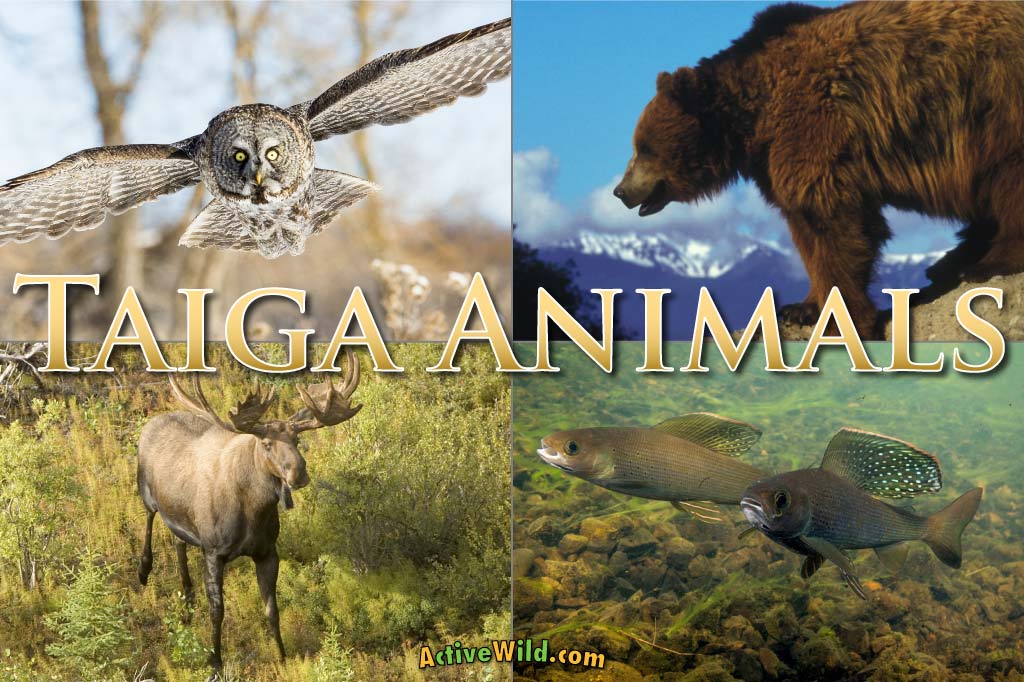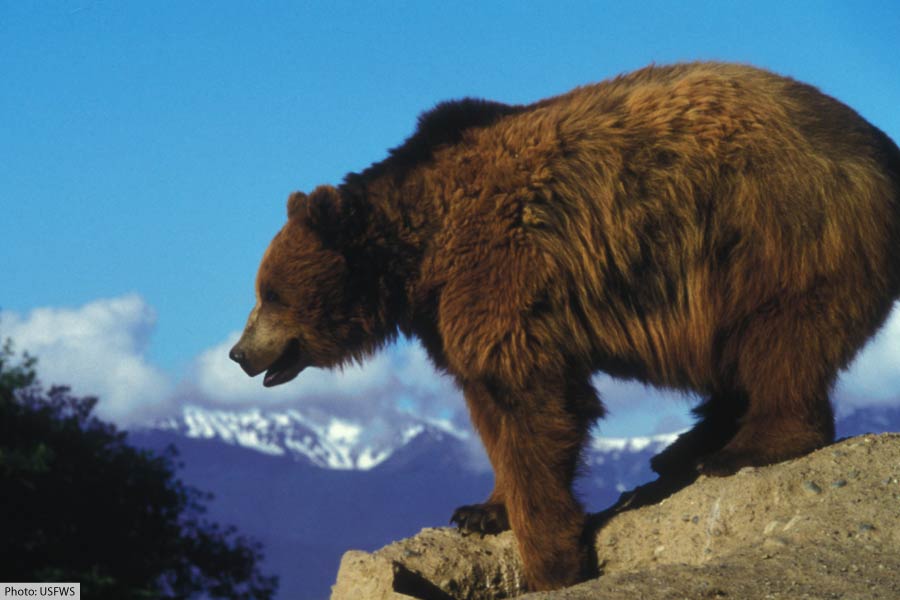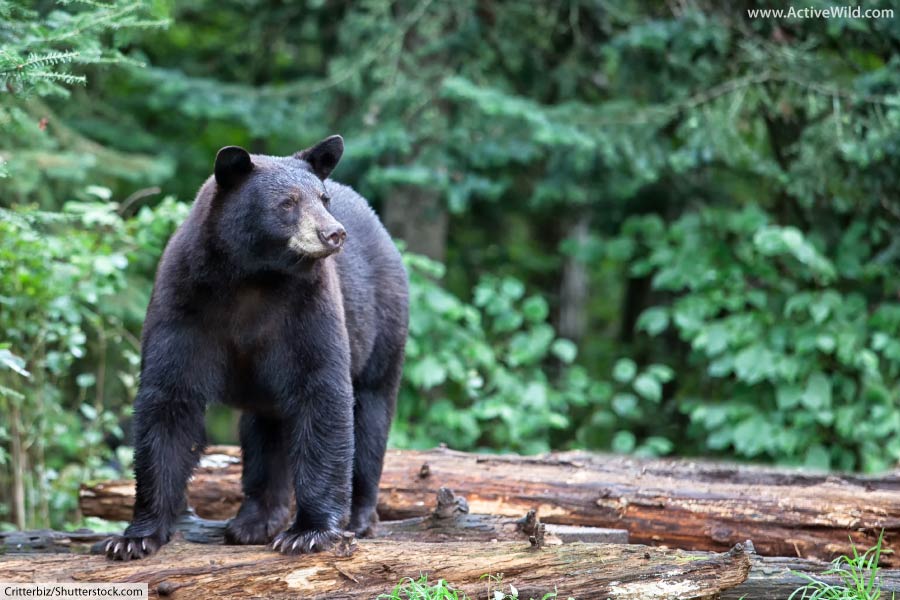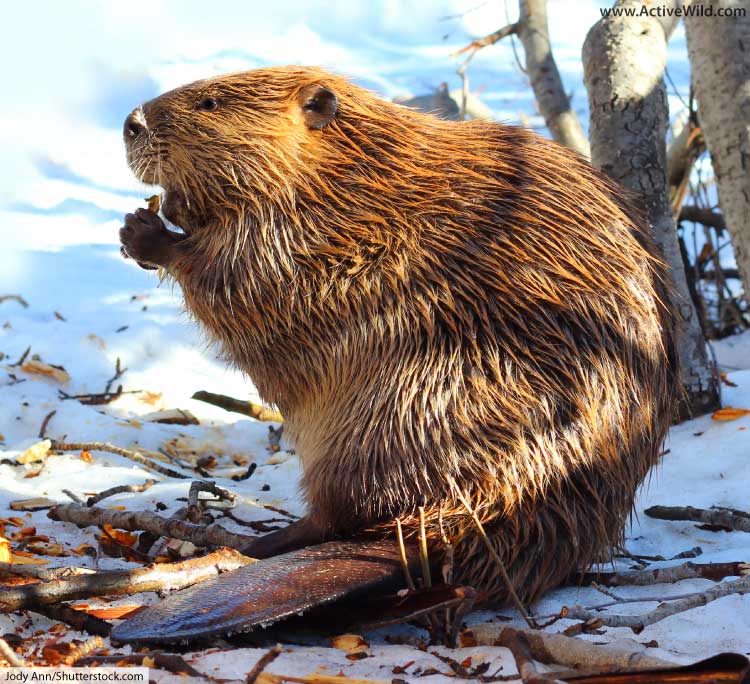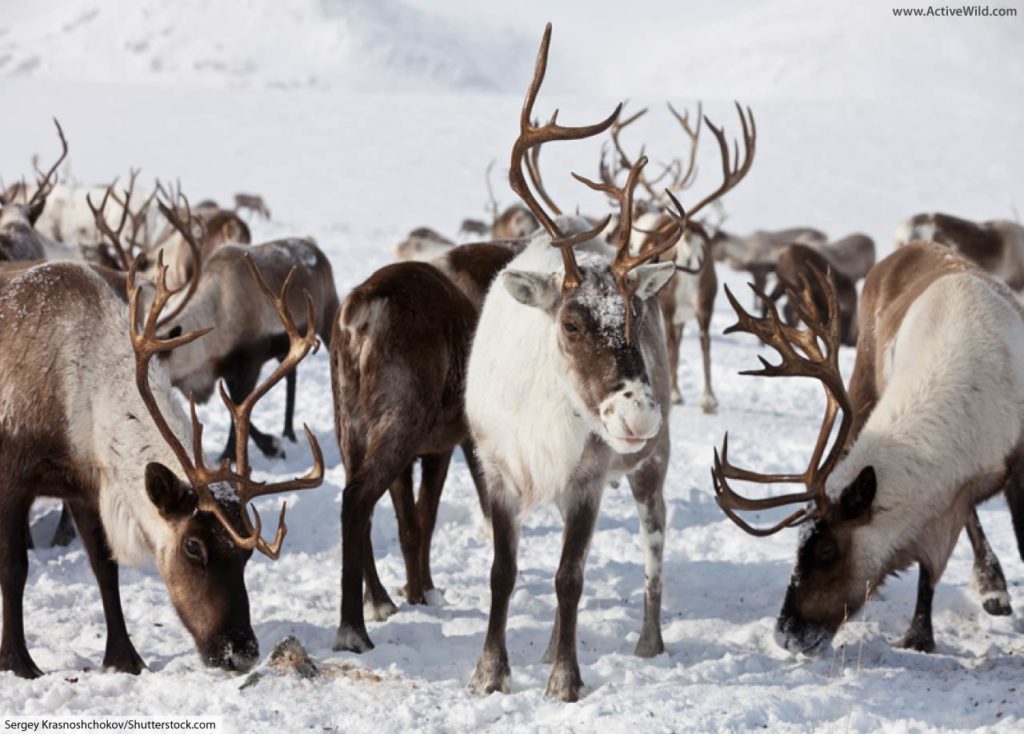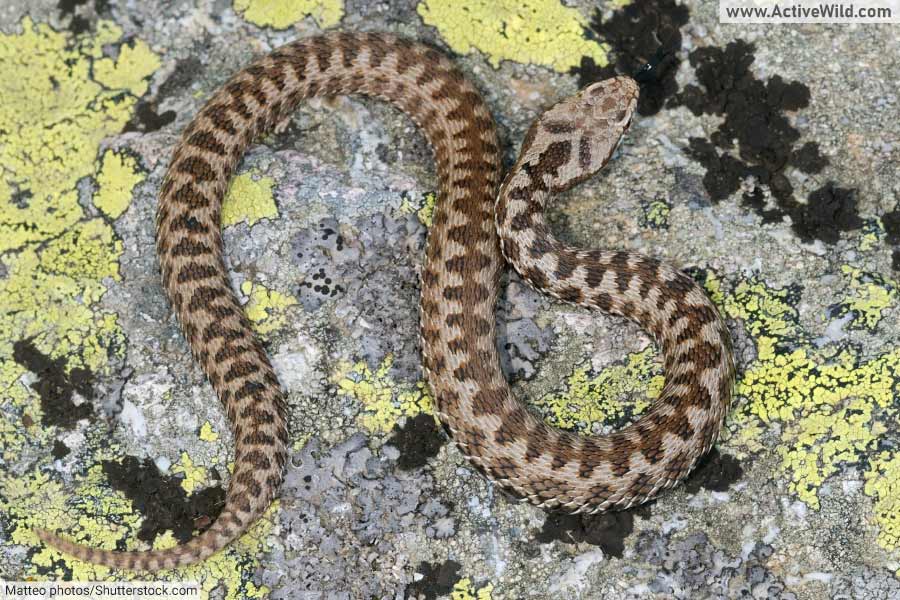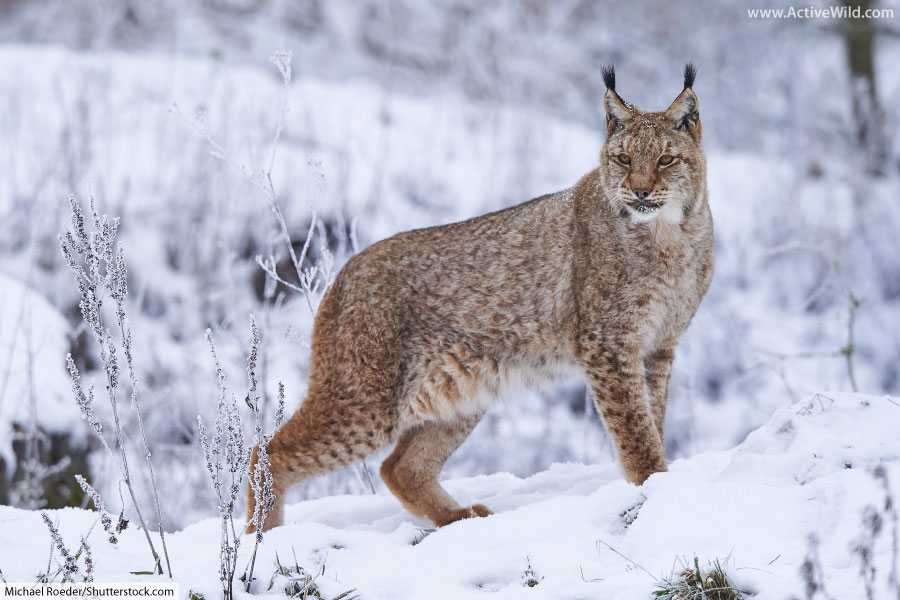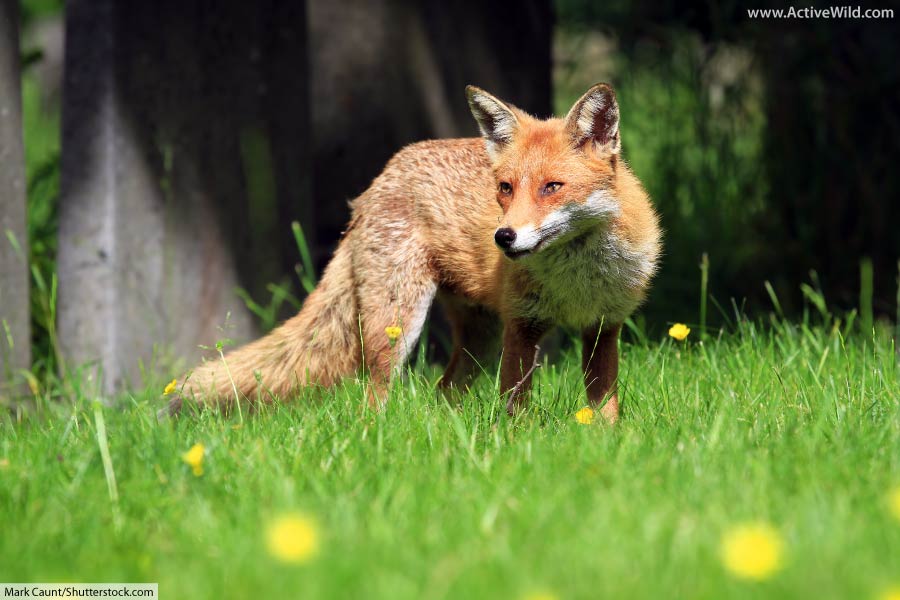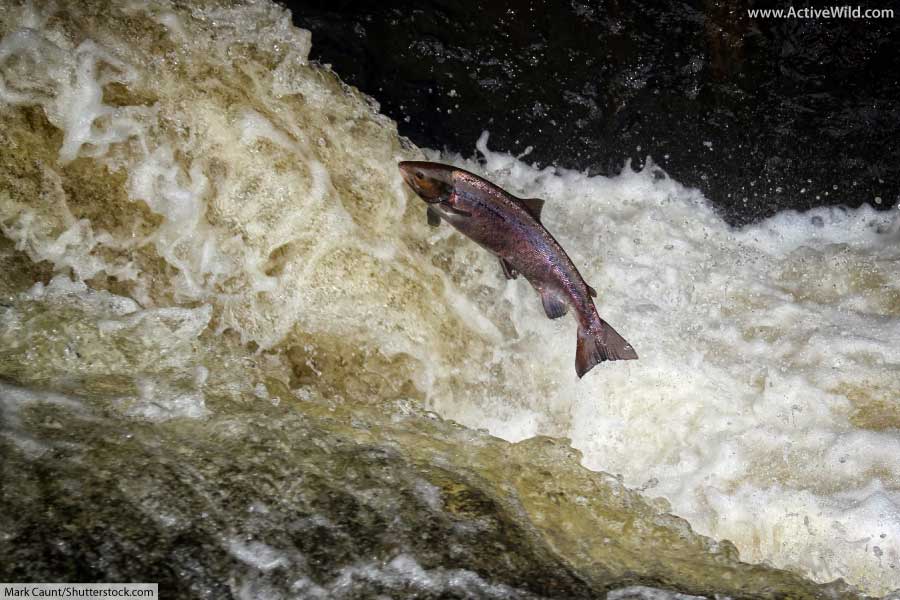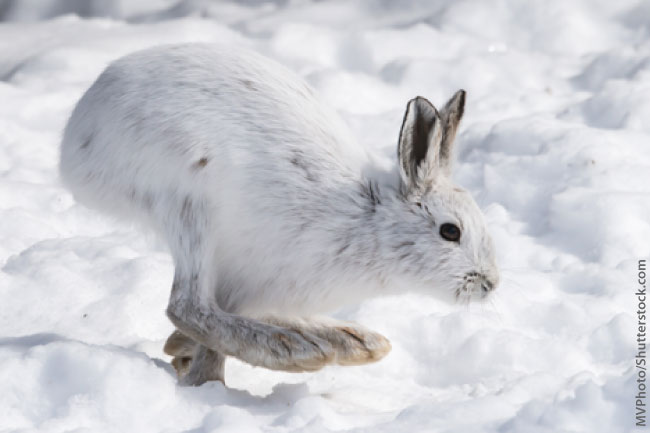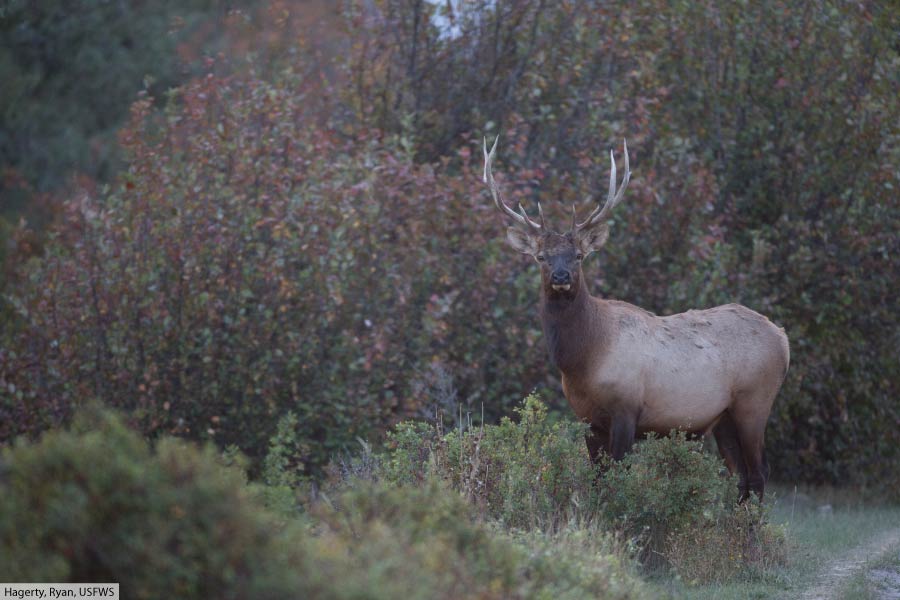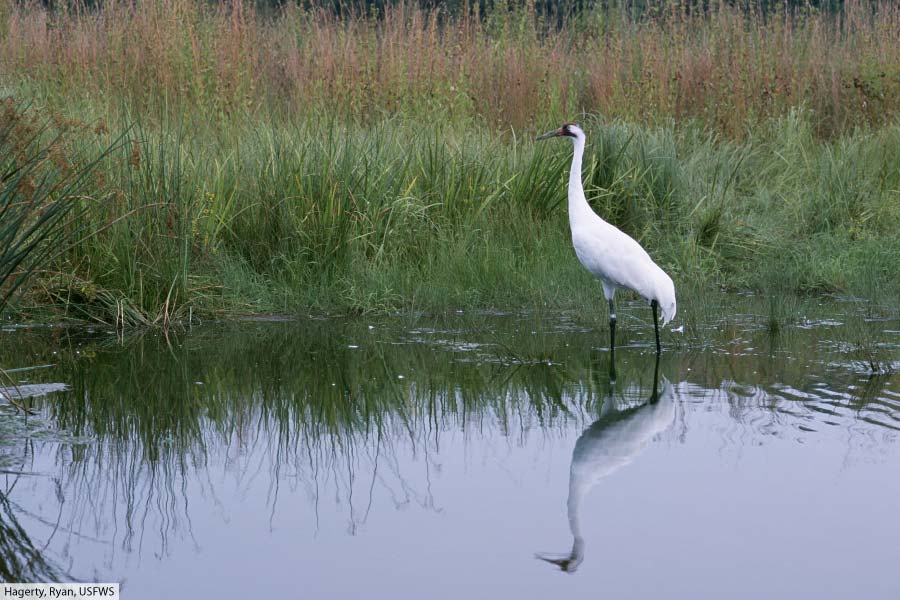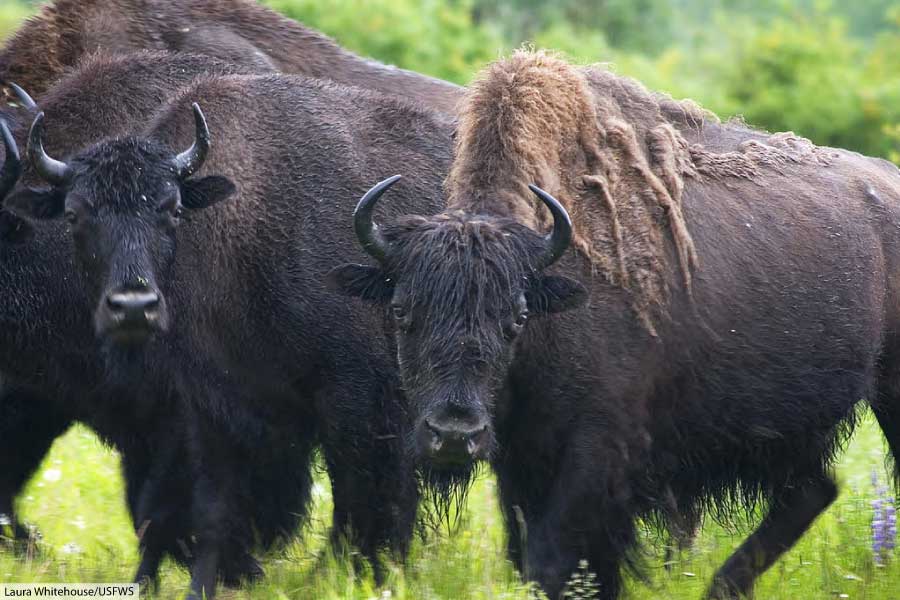On this page we take a look at taiga animals, including some of the most iconic animals that live in the taiga biome, as well as a few species that are not quite as well-known.
Taiga Animals: A List Of Animals That Live In The Taiga Biome
Animals that live in the taiga need to be hardy and adaptable: the long, cold winters mean that little food is available for much of the year and that the ground is often covered in snow.
Adaptations for living in the taiga include: hibernating during the coldest parts of the year, migrating during the winter months; having a thick coat for insulation; and stashing food during the summer for eating during the winter.
- You can find out more about the taiga biome on this page: What Is The Taiga Biome?
- Discover the amazing plants of the taiga here: Taiga Plants with Pictures & Facts
Arctic Grayling
- Scientific name: Thymallus arcticus
- Conservation status: Least Concern
The Arctic grayling is a medium-sized freshwater fish in the family Salmonidae (the family that also contains fish such as salmon and trout). Like all graylings, their most distinctive characteristic is a large, sail-like dorsal fin.
The Arctic grayling is present in well-oxygenated rivers and lakes in the taiga forests of both North America and Eurasia.
Bears
Brown Bear
- Scientific name: Ursus arctos
- Conservation status: Least Concern
American Black Bear
- Scientific name: Ursus americanus
- Conservation status: Least Concern
The brown bear is the largest predator found in the taiga biome. The largest males can grow up to 600 kg in weight and stand 9 ft. (2.8 m) tall when raised up on their hind legs. Size is highly variable between individuals and subspecies.
Several subspecies of brown bear live in the taiga, including the Grizzly bear (found in North America) and the Eurasian brown bear (found in Europe and North Asia)
The American black bear is found in the taiga (and other habitats) of North America. The species grows to a maximum weight of around 1,320 lb. (600 kg) and a height of around 7 ft. (2.1 m). Up to 85% of a black bear’s diet consists of plants.
- You can find out more about the brown bear here: Brown Bear Facts
- Find out more about the American black bear here: American Black Bear Facts
Beaver
North American beaver
- Scientific name: Castor canadensis
- Conservation status: Least Concern
Eurasian beaver
- Scientific name: Castor fiber
- Conservation status: Least Concern
There are two species of beaver: the North American beaver and the Eurasian beaver; they are found in the taiga of North America and Eurasia respectively.
Both beaver species are a similar size, with the American beaver having the largest recorded size, but the Eurasian beaver being slightly larger on average. The capybara is the only rodent larger than the North American beaver.
Beavers play an important role in the taiga habitat. By building dams across rivers and streams to provide protection and a source of food for themselves, they create wetlands which are important habitats for other taiga animals.
- You can find out more about the North American beaver here: North American Beaver Facts
Boreal Chorus Frog
- Scientific name: Pseudacris maculata
- Conservation status: Least Concern
The taiga, with its long winters and cold climate, is not an ideal habitat for amphibians. One species that does manage to survive in the cold north is the boreal chorus frog, an amphibian found in Canada and parts of the United States.
The boreal chorus frog is a relatively small frog; even the largest specimens are under 4 cm in length. It has a green-brown body, usually with three darker stripes running along its back (although colors and markings are variable).
The species’ call is said to resemble a finger being run down the teeth of a comb.
Burbot
- Scientific name: Lota lota
- Conservation status: Least Concern
The burbot is a freshwater relative of the cod. It is the only member of the cod family which isn't found in a marine environment. The species is found in northerly regions of North America, Europe and Asia.
The burbot has a long thin body with very small scales, giving it the appearance of a catfish. Its maximum weight and length are 10 lb. and 3 ft. respectively.
Typically found in deep, cold lakes and streams, the burbot, as well as being present in the taiga biome, is also present further south.
Caribou / Reindeer
- Scientific name: Rangifer tarandus
- Conservation status: Vulnerable
The caribou, also known as the reindeer in Europe, is a large member of the deer family, Cervidae. This herbivorous species is one of the largest animals that live in the taiga. Female caribou are the only female deer to grow antlers.
Caribou herds can contain hundreds of thousands of individuals, and some herds migrate several thousand miles in a year.
- You can find out more about this species here: Caribou Facts
Common European Adder
- Scientific name: Vipera berus
- Conservation status: Least Concern
The taiga does not offer a particularly suitable habitat for reptiles, and for this reason relatively few species are found in the cold forests of the north. One reptile that does manage to make a home in the taiga is the common European adder. The species is found further north than any other snake.
The common European adder can be recognized by the dark ‘zigzag’ pattern running down its back. Although the species is venomous, its bite is rarely life-threatening.
Fisher
- Scientific name: Pekania pennant
- Conservation status: Least Concern
The fisher is one of several mustelids (members of the weasel family, Mustelidae) that live in the taiga. This cat-sized mammal is also known as the ‘fisher cat’, although it neither regularly eats fish nor is a member of the cat family.
The fisher is found in Canada and northern United States. It is one of the few predators that regularly targets porcupines.
Golden Eagle
- Scientific name: Aquila chrysaetos
- Conservation status: Least Concern
Although usually not present in dense forests, the golden eagle can be found in open regions at the edge of the taiga in both North America and Eurasia. It also occupies a number of other habitats in more temperate regions.
Named for the gold-brown color of its plumage, the golden eagle’s wingspan can reach 88” (224 cm). It hunts mammals, snakes and birds, and will also take carrion.
Gray Jay
- Scientific name: Perisoreus Canadensis
- Conservation status: Least Concern
The gray jay is one of the smaller members of the crow family Corvidae. It has a pale face and chest, with dark gray wings and, depending on subspecies, a fully or partly gray head.
The gray jay survives the long, cold winters of the taiga by caching food in the fall. A single gray jay can hide food in thousands of locations, and is able to remember where they are up to several months later.
Great Gray Owl
- Scientific name: Strix nebulosi
- Conservation status: Least Concern
The great gray owl (great grey owl in British English) is one of the world’s largest owls in terms of length, but much of its apparent bulk consists of thick plumage; several other species of owl are heavier.
The species is crepuscular (active at dusk and dawn) and feeds almost entirely on voles.
The great grey owl is found in taiga forests of both North America and Eurasia.
Lynxes
Genus: Lynx
Canada Lynx
- Scientific name: Lynx canadensis
- Conservation status: Least Concern
Eurasian Lynx
- Scientific name: Lynx lynx
- Conservation status: Least Concern
Lynxes are wild cats in the genus Lynx. There are four species of lynx, two of which, the Canada lynx and the Eurasian lynx, are particularly associated with the taiga biome.
The bobcat (another member of the Lynx genus) too may be found in the taiga, but is also found in temperate and even desert habitats.
Lynxes are generally solitary animals. They rely on stealth to capture their prey, which consists primarily of mammals and birds.
The Eurasian lynx – the largest of the lynxes – targets animals as large as deer and even young moose. The Canada lynx preys mainly on the snowshoe hare.
- You can find out more about this species here: Eurasian Lynx Facts
Moose
- Scientific name: Alces alces
- Conservation status: Least Concern
The moose is also sometimes called an elk in Europe. It is the largest member of the deer family, with the largest bulls standing 6.5 ft. (2 m) at the shoulder, and weighing up to 700 kg (1,543 lb.).
From spring to late fall male moose are easily identified by their size and their large palmate antlers. (Palmate antlers are wide and flat with short points.) The antlers are shed in the winter and start to regrow in spring.
Both male and female moose have long faces, long upper lips, and a fold of skin known as a dewlap that hangs under the chin.
Moose are herbivores that feed on a wide variety of plant life, including aquatic plants.
- You can find out more about this species here: Moose Facts
Mosquito
- Family: Culicidae
Mosquitoes are small flies in the family Culicidae. Female mosquitoes gain nutrients by feeding on the blood of other animals, and have special mouthparts for piercing skin and drawing in blood.
Mosquitoes are common in the taiga, sometimes forming large clouds of insects. Although the winter cold kills off all adult mosquitoes, their eggs can survive in the freezing water ready to hatch in the spring,
Northern Red-Backed Vole
- Scientific name: Myodes rutilus
- Conservation status: Least Concern
Voles, including the northern red-backed vole, form an important part of the taiga food chain. These small rodents form a major part of the diets of animals such as owls and martens.
The northern red-backed vole is found in both North American and Eurasia. As well as living in the taiga, it is also found in tundra.
Voles can be distinguished from mice by their shorter, hairier tails and smaller ears.
Pine Grosbeak
- Scientific name: Pinicola enucleator
- Conservation status: Least Concern
The pine grosbeak is a large, plump finch that lives in the taiga and mountainous regions. The plumage of males is red, while females are gray-green. Both sexes have black wings with white bars and powerful, curved black bills.
The pine grosbeak uses its strong bill to eat seeds, nuts and a variety of other plant matter, as well as insects. The species breeds in the taiga and migrates south in colder weather, usually only going as far as the taiga’s edge.
Raven (Common)
- Scientific name: Corvus corax
- Conservation status: Least Concern
The raven is the largest member of the crow family Corvidae, and the widest-ranging. This large black bird is found throughout much of North America and Eurasia.
The common raven mates for life and is often seen in pairs. It can be distinguished from crows by its large size, diamond-shaped tail and its acrobatic mid-air rolls.
Red Crossbill
- Scientific name: Loxia curvirostra
- Conservation status: Least Concern
Crossbills are finches with distinctive bills which cross at the tips. Males have reddish plumage, while females are olive-green/gray. The bills are specially adapted for prizing open pine cones, allowing the bird’s tongue to reach in and remove the seeds.
The red crossbill moves to wherever food is most abundant. It is found in taiga and temperate forests in North America and Eurasia, where it is known as the common crossbill.
Red Fox
- Scientific name: Vulpes vulpes
- Conservation status: Least Concern
The red fox is a widespread and extremely adaptable member of the dog family Canidae. It is able to inhabit wilderness areas such as tundra and taiga forests, but can also live alongside man, and is resident in many large cities.
Larger than any other true fox (i.e. a member of the genus Vulpes), the red fox hunts a wide range of small mammals and birds, and will also eat carrion. It usually hunts alone, using sight and its excellent senses of hearing and smell.
Salmon
- Genus: Salmo
There are several species of salmon found in the rivers of the taiga, including chum, chinook and pink salmon.
Salmon are migratory fish that hatch and develop in freshwater rivers before making their way to the ocean. After reaching sexual maturity they make their way back into freshwater (often to the very place that they were spawned) in order to breed.
The annual run of spawning salmon is an important source of food for many taiga animals, in particular bears.
Siberian Musk Deer
- Scientific name: Moschus moschiferus
- Conservation status: Vulnerable
Musk deer are in a different family, Moschidae, to ‘true’ deer in the family Cervidae. Their name comes from the musk gland, present only in males, which produces a scented substance.
The Siberian musk deer is found in the taiga of eastern Russia. It is a small species that relies on its high speed and agility to escape predators.
The species is heavily hunted for its musk and its population is decreasing.
Snowshoe Hare
- Scientific name: Lepus americanus
- Conservation status: Least Concern
The snowshoe gets its name from its large hind feet, which are adapted to prevent the hare sinking into the snow which covers the taiga for much of the year. The furry soles of the hare’s feet provide both grip and insulation from the cold.
From September the snowshoe hare’s brown coat begins to turn white for camouflage against the snow. In the spring this process is reversed.
- You can find out more about this species here: Snowshoe Hare Facts
Tiger
- Scientific name: Panthera tigris
- Conservation status: Endangered
You may think of the tiger as being a creature of tropical forests, but the species is also present in the taiga of Russia’s Far East. Here the largest member of the cat family Felidae preys on a number of medium and large animals, including wapiti, moose, and several other species of deer.
The Siberian tiger was once considered to be a separate subspecies of tiger, but recent research has found there to be only two subspecies. Today, the Siberian tiger is placed in the same subspecies, Panthera tigris tigris, as the Bengal tiger and a number of other previously separate subspecies.
- You can find out more about this species here: Tiger Facts
Wapiti / Elk
- Scientific name: Cervus Canadensis
- Conservation status: Least Concern
Wapiti are also known as elk, especially outside of North America. They are the second-largest member of the deer family Cervidae; only the moose is larger.
The species’ North American name means ‘white’, or ‘white rump’ in the language of North American indigenous peoples.
The antlers of male wapiti reach lengths of up to 1.2 m (3.9 ft.). Males can be heard bellowing to one another during the annual rut.
Whooping Crane
- Scientific name: Grus Americana
- Conservation status: Endangered
The whooping crane gets its name from its loud call, which can be heard several miles away. The species stands at around 4.5 ft., and is the tallest bird of North America.
The species was once heavily hunted, and in the 1930’s fewer than thirty whooping cranes remained. Thanks to conservation efforts there are now around 250 mature individuals in the wild, but the species is still endangered.
The whooping crane breeds in the taiga and migrates to the southern United States in the winter.
Wolf
- Scientific name: Canis lupus
- Conservation status: Least Concern
One of the best-known animals of the taiga, the wolf is an adaptable animal which is also found in a variety of other habitats.
The wolf is the largest member of the dog family Canidae. It lives in groups known as packs which are led by an alpha pair. Wolves use teamwork to pursue and capture their prey.
Wolverine
- Scientific name: Gulo gulo
- Conservation status: Least Concern
The wolverine is the largest land-dwelling member of the weasel family, Mustelidae (the sea otter is the heaviest, but spends most of its life in the sea). Like many taiga animals, the wolverine is found in both North America and Eurasia.
Although primarily a scavenger, the wolverine is known for its strength and ferocity. This dog-sized mammal can take down animals as large as caribou.
- You can find out more about this species here: Wolverine Facts
Wood Bison
- Scientific name: Bison bison athabascae
- Conservation status (American bison): Near Threatened
The wood bison is the larger of the two subspecies of American bison (the other being the plains bison).
The American bison is also known as the ‘buffalo’. Although it is the heaviest animal of North America, the moose – another taiga animal – is taller.
The wood bison subspecies is found in Canada and Alaska. Conservation efforts have seen a total population of around 200 animals in the 1950’s rise to around 11,000 today.
The largest free-roaming wood buffalo lives in Wood Buffalo National Park in Alberta, Canada. The park was established in 1922 with the purpose of conserving the subspecies.
Taiga Animals: Discover More with Active Wild
- You can find out more about the taiga biome here: Taiga Biome Facts, Pictures & Information
- Discover the amazing plants of the taiga here: Taiga Plants with Pictures & Facts
Discover animals from other habitats:
- Rainforest Animals List with Pictures & Facts
- Arctic Animals List with Pictures & Facts
- Antarctic Animals List with Pictures & Facts
- Australian Animals List with Pictures & Facts
- African Animals List with Pictures & Facts
Become an Animal Expert

